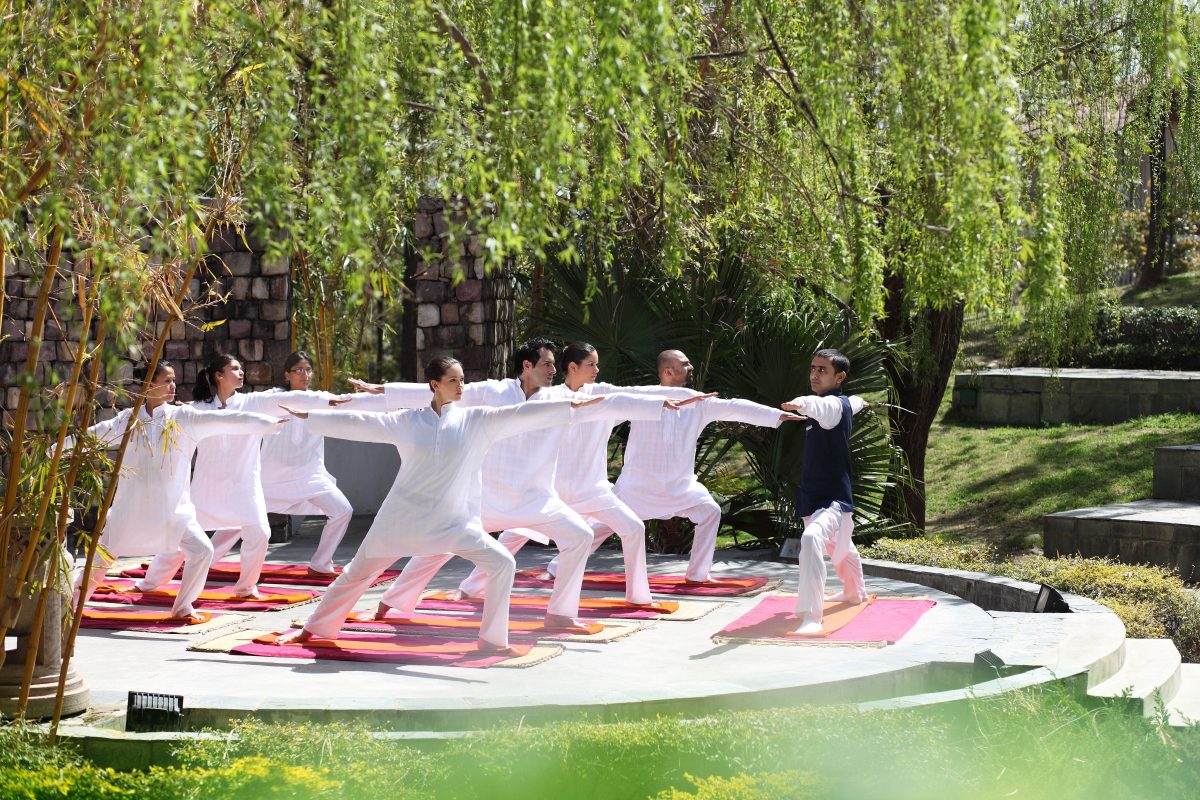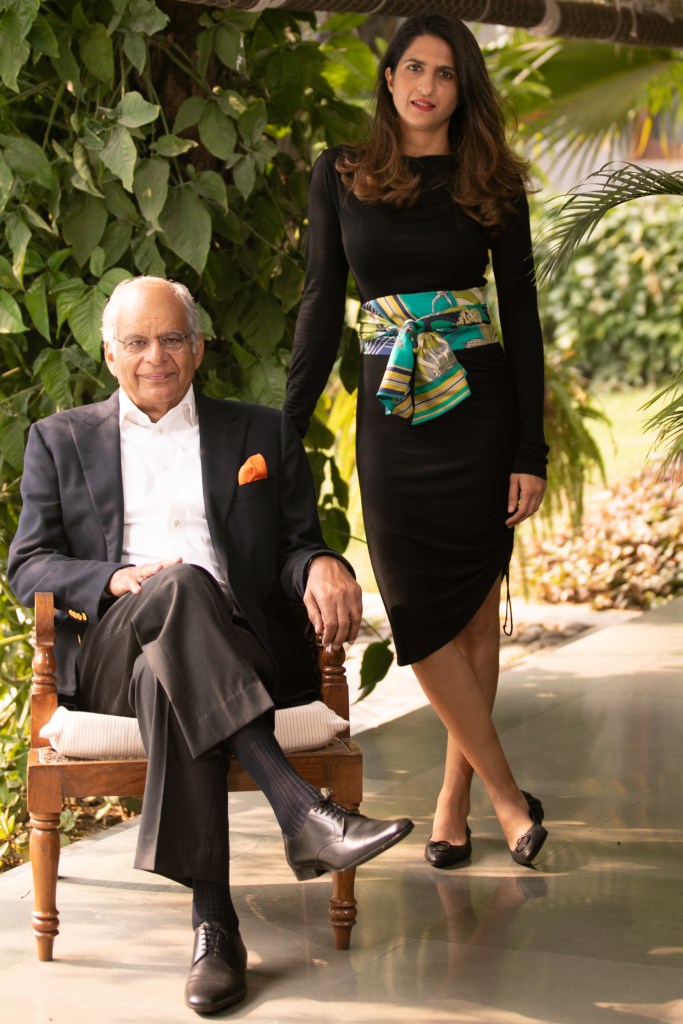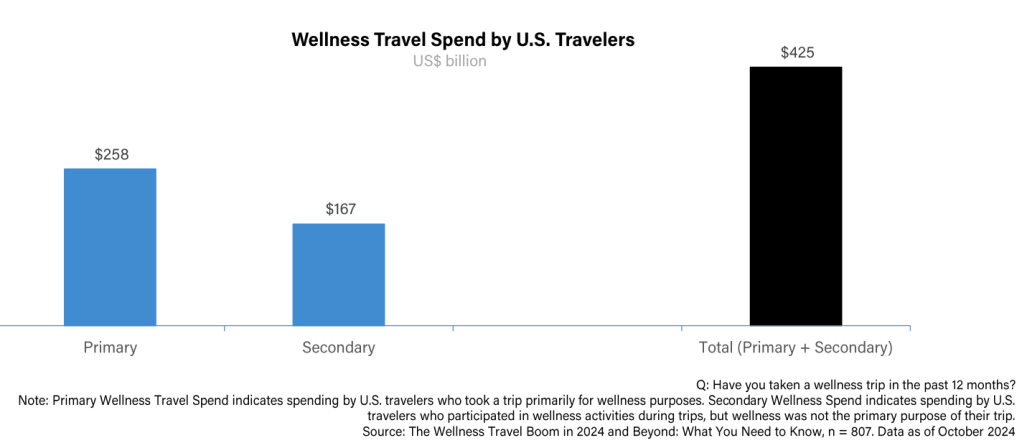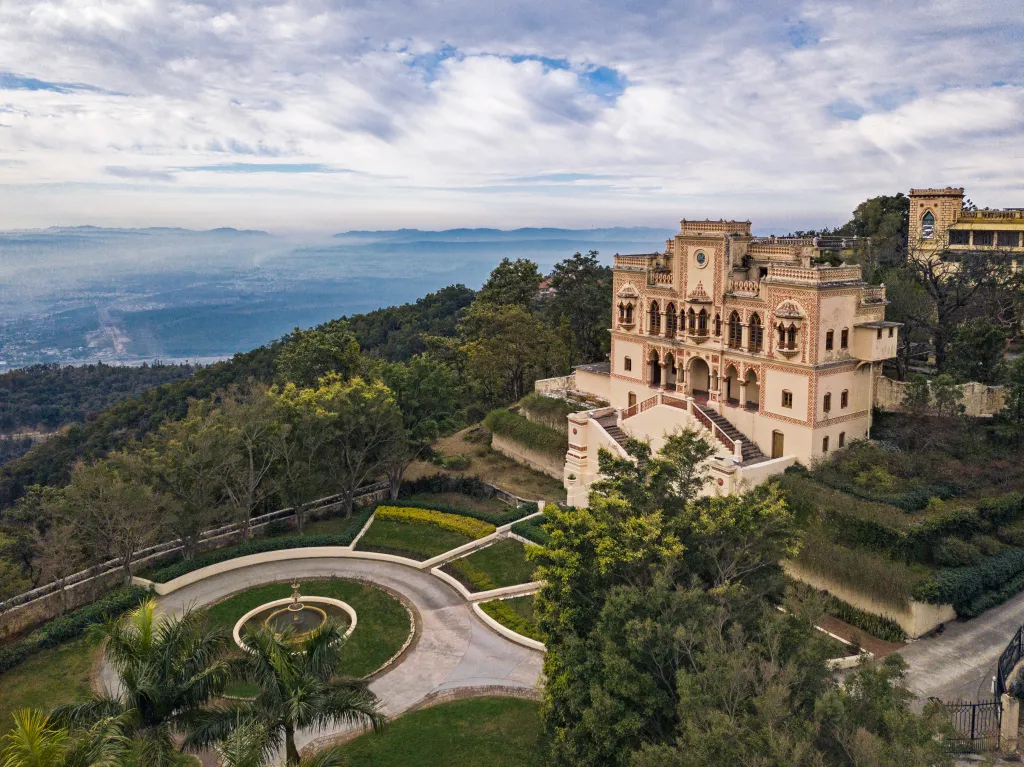How Ananda Went From a Foreigners’ Wellness Retreat to a 50% Indian Clientele

Skift Take
When Ananda in the Himalayas first opened its doors in India 25 years ago, it was thought of as a luxury retreat where people went to get pampered. Over time, as the global focus shifted towards well-being, the property transformed itself into a wellness destination. Today, it offers a full spectrum of programs designed to promote longevity, rejuvenation, and a balanced, healthy lifestyle.
Ananda’s international visitors are now double what they were pre-pandemic. That’s an accomplishment given that India's overall foreign tourist arrivals is yet to recover to pre-pandemic levels.
“We’ve bucked the trend. The world is moving towards integrative wellness — physical, emotional, and mental health combined,” said Aashica Khanna, director of Ananda in the Himalayas, talking about the potential of wellness tourism. “India has the knowledge and heritage. What we need now is a concerted effort to showcase it to the world.”
This perspective comes at a time when India’s medical value travel sector is projected to hit $13.4 billion by 2026, supported by a healthcare system that spans modern medicine, Ayurveda, and yoga.
It's this potential that has made destinations like Dubai look at wellness tourism. On Tuesday, Dubai announced Therme Dubai — the Middle East’s first wellbeing resort and interactive park. With an estimated AED 2 billion ($545 million) investment, the resort is slated for completion by 2028.

Winning Over Domestic Tourists
In its early years, Ananda was almost entirely dependent on international guests. About 90% of its clientele traveled from abroad, often making long and complicated journeys — flying into Delhi, spending a night there, taking a 6 to 7-hour train to Haridwar, and then being picked up for the final leg to Ananda.
Over time, a shift took place. Domestic bookings have surged as knowledge of Ayurveda, yoga, and holistic wellness has grown among Indian travelers. “A large part of the work we’ve done in India was about building awareness,” Aashica's father Ashok Khanna, who is also the managing director of the wellness retreat, told Skift.
Indians now make up 50% of Ananda’s guests, a significant shift for a value-conscious market. Especially since Ananda’s comprehensive wellness program rates for 7-21 nights start at INR 50,000 ($571) per night (plus taxes) on single occupancy, covering accommodation, wellness meals and daily wellness sessions.
Among international visitors, the largest number comes from the U.S., followed by the UK, Germany, Russia, Commonwealth of Independent States (CIS) countries, and the Middle East.
According to a Skift Research report, US travelers spent $258 billion on wellness-focused travel.

What Drives Ananda
The core philosophy at Ananda has been to remain authentic to Indian traditions — Ayurveda, yoga, and Vedanta — while making them relevant to modern-day lifestyle challenges. “Whether it's hormonal imbalances, chronic ailments, or stress-related disorders, these issues are universal,” Aashica Khanna explained. “Our focus has been on treating modern-day issues through ancient sciences.”
This approach has resulted in longer stays — 7 to 21 nights, up from three days, she said. Also, many guests return multiple times a year, she said.
Trends Shaping the Future of Wellness Tourism
Ananda’s success highlights emerging trends in the wellness industry. Programs focusing on sleep, metabolic disorders, and auto-immune issues are in high demand, as travelers not only seek relaxation, but long-term health benefits. There’s also a rising global focus on longevity — wellness travelers are not just looking to feel good now but to extend and improve their quality of life, said Ashok Khanna.
Another key trend is the changing demographic. Historically, wellness retreats were dominated by women. At Ananda, the number of male guests has grown significantly. Women are still the majority, but they make up just 54% of the total. “Ten years ago, this would have been unheard of, as it was predominantly women,” Aashica Khanna said.
More than 55% of guests coming to Ananda are solo travelers.

The Expansion Strategy
Ananda’s international growth has been fueled by targeted outreach rather than traditional marketing. “We don’t just market; we create global touchpoints,” said Aashica Khanna. This includes partnerships, pop-up retreats, and educational programs worldwide.
Recent initiatives have taken Ananda to Switzerland, Maldives, New York and this year this will be extended to Portugal and Wales, where curated wellness experiences introduce international audiences to its philosophy.
“The goal isn’t just visibility — it’s about meaningful connections,” she added. “Even a three-day retreat can trigger a long-term commitment to wellness.”
Tech and Research-Driven Growth
While many hospitality brands equate expansion with new properties, Ananda has taken a different approach. “Expansion doesn’t always mean new locations. It can mean digital growth, educational programs, or research initiatives,” Aashica Khanna explained.
One such initiative is the Ananda Well-Being App. Designed for existing guests, it allows them to manage their wellness journey pre-, during, and post-stay, while also offering exposure to wellness content to a wider audience.
Research is another key focus. “For every client, we track wellness touchpoints and convert them into research-backed case studies,” she said. This data-driven approach is poised to bridge the gap between traditional wisdom and evidence-based wellness practices, enhancing credibility in global markets.
Challenges in India
Despite Ananda’s success, the broader Indian wellness tourism industry faces challenges — primarily a lack of government support and infrastructure. “Indian tourism is still being sold as the Taj Mahal and temples,” Ashok Khanna said. “There’s no structured investment in positioning India as a wellness destination.”
In contrast, other countries have dynamic tourism boards that treat the sector as a brand, providing consistent funding and infrastructure. While India may perhaps be the only country to have a ministry dedicated to holistic health — the Ayush ministry, its global promotion has been inconsistent.





